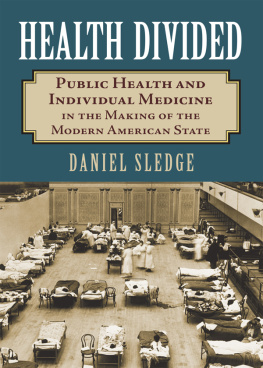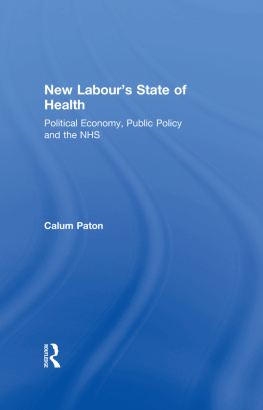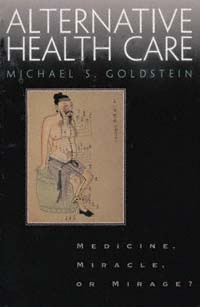Daniel Sledge - Health Divided: Public Health and Individual Medicine in the Making of the Modern American State
Here you can read online Daniel Sledge - Health Divided: Public Health and Individual Medicine in the Making of the Modern American State full text of the book (entire story) in english for free. Download pdf and epub, get meaning, cover and reviews about this ebook. City: Lawrence, year: 2017, publisher: University Press of Kansas, genre: Science / Politics. Description of the work, (preface) as well as reviews are available. Best literature library LitArk.com created for fans of good reading and offers a wide selection of genres:
Romance novel
Science fiction
Adventure
Detective
Science
History
Home and family
Prose
Art
Politics
Computer
Non-fiction
Religion
Business
Children
Humor
Choose a favorite category and find really read worthwhile books. Enjoy immersion in the world of imagination, feel the emotions of the characters or learn something new for yourself, make an fascinating discovery.
- Book:Health Divided: Public Health and Individual Medicine in the Making of the Modern American State
- Author:
- Publisher:University Press of Kansas
- Genre:
- Year:2017
- City:Lawrence
- Rating:5 / 5
- Favourites:Add to favourites
- Your mark:
Health Divided: Public Health and Individual Medicine in the Making of the Modern American State: summary, description and annotation
We offer to read an annotation, description, summary or preface (depends on what the author of the book "Health Divided: Public Health and Individual Medicine in the Making of the Modern American State" wrote himself). If you haven't found the necessary information about the book — write in the comments, we will try to find it.
Where previous scholars have focused on failed attempts to adopt national health insurance, Sledge demonstrates that the development of health policy cannot be properly understood without considering the connections between public health policy and policies dealing with individual medicine. His work shows how the distinct politics of the formative years of health policyand the presence of debilitating diseases in the American Southled to outcomes that have fundamentally shaped modern policies and disputes. Until the end of the nineteenth century, health care in the United States was seen as a local issue, with the sole exception being the governments role in providing care to seamen and immigrants. Then, as Health Divided reveals, the health problems that plagued the American South in the early twentieth century, from malaria to hookworm and pellagra, along with the political power of the southern Democrats during the New Deal, fueled the emergence of national intervention in public health work. At the same time, divisions among policymakers, as well as the resistance of the American Medical Association, led to federal inaction in the realm of individual medical servicessetting the stage for the growth of employer-sponsored health insurance.
The vision of those who built the institutions that became the Centers for Disease Control and Prevention was, we see here, far more expansive and innovative than has previously been realizedand it came surprisingly close to succeeding. Exploring the history behind its failure, and tracing the inextricable links between public health and national health policy, this book provides a valuable new perspective on the origins of Americas disjointed health care system.
Daniel Sledge: author's other books
Who wrote Health Divided: Public Health and Individual Medicine in the Making of the Modern American State? Find out the surname, the name of the author of the book and a list of all author's works by series.






